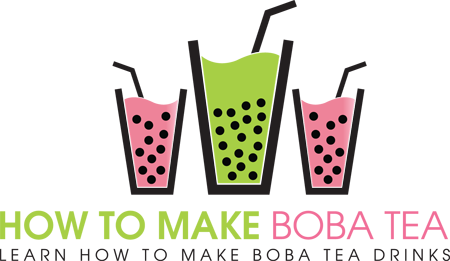How to Store Tea Used to Make Boba Tea Drinks
Drinking tea is one of the few affordable luxuries in life. In many cultures, drinking tea is an important ritual. It is no wonder that many bubble tea shops incorporate green tea or black tea to make bubble tea drinks. It is therefore quite frustrating for tea lovers to discover that their stash of the treasured leaves has lost flavor and aroma because of improper handling and storage. When stale tea is used to make your favorite boba tea drink, the flavor isn’t as robust as you are used to.
Knowing the proper way of storing the tea leaves will help keep their full value for months or years to come. Tea lovers all over the world must keep in mind that tea leaves were meticulously picked by hand across the tea plantations in China, India and other tea producing countries, and then carefully process them to make sure that they are packed and sealed for the long journey from the plantation to the tea lovers’ cup. Storing the tea leaves properly is giving justice and recognition to the real people who made possible that we enjoy every sip of this wonderful brew.
Proper Storage of Tea
There are basic rules to follow in storing teas, regardless of their type and processing method, as follows:
- Store in a dry environment – All types of teas must be stored in dry storage area, free of excessive moisture. Humidity and dampness will reduce the lifespan of any type of tea. Moisture is highly detrimental to the tea leaves because like any organic matter, they begin to decay and mold when wet. It is therefore not recommended to store tea leaves in the refrigerator or freezer because of the changes in humidity whenever the doors are opened and closed.
- Store away from strong smells – The tea leaves absorb the scent of anything in the immediate vicinity. The kitchen cabinet therefore is not the proper place for storing you tea leaves because of the presence of food, spices, and condiments that may have strong scents or aromas. Storing tea leaves in the kitchen cabinet or pantry will result in a brew that reeks of different kind of aroma. Imagine your favorite jasmine tea smelling like left over roast beef because it was kept next to the kitchen oven. Cupboards in the living room or linen closets outside the bathrooms will be ideal places to store tea leaves.
- Store in organized manner – Keep your different types of tea organized to avoid mixing one type with another. Keep a separate container for each type of tea as each type has a different shelf life. Green and white teas have generally shorter shelf life and must not be mixed with black that has longer life span. Organizing your collection of tea makes identification easier.
Part of being organized is putting notes on the harvest season of each stash of tea that you keep. This will give you the idea of how much time is left before a particular batch of tea loses flavor and aroma.
- Store away from sunlight – Store tea leaves in an airtight container that blocks out light. Because sunlight damages tea leaves, they must be kept in a cool, dark place. High temperature will gradually change the flavor of the tea.
- Vacuum sealed storage – The flavor and aroma of tea leaves can be preserved for the longest time if they kept in vacuum sealed containers. When using a zip bag, make sure that there is little air as possible before closing it.
Keep your tea in the best storage that will prolong its shelf life but the best option is to drink and enjoy your tea.
